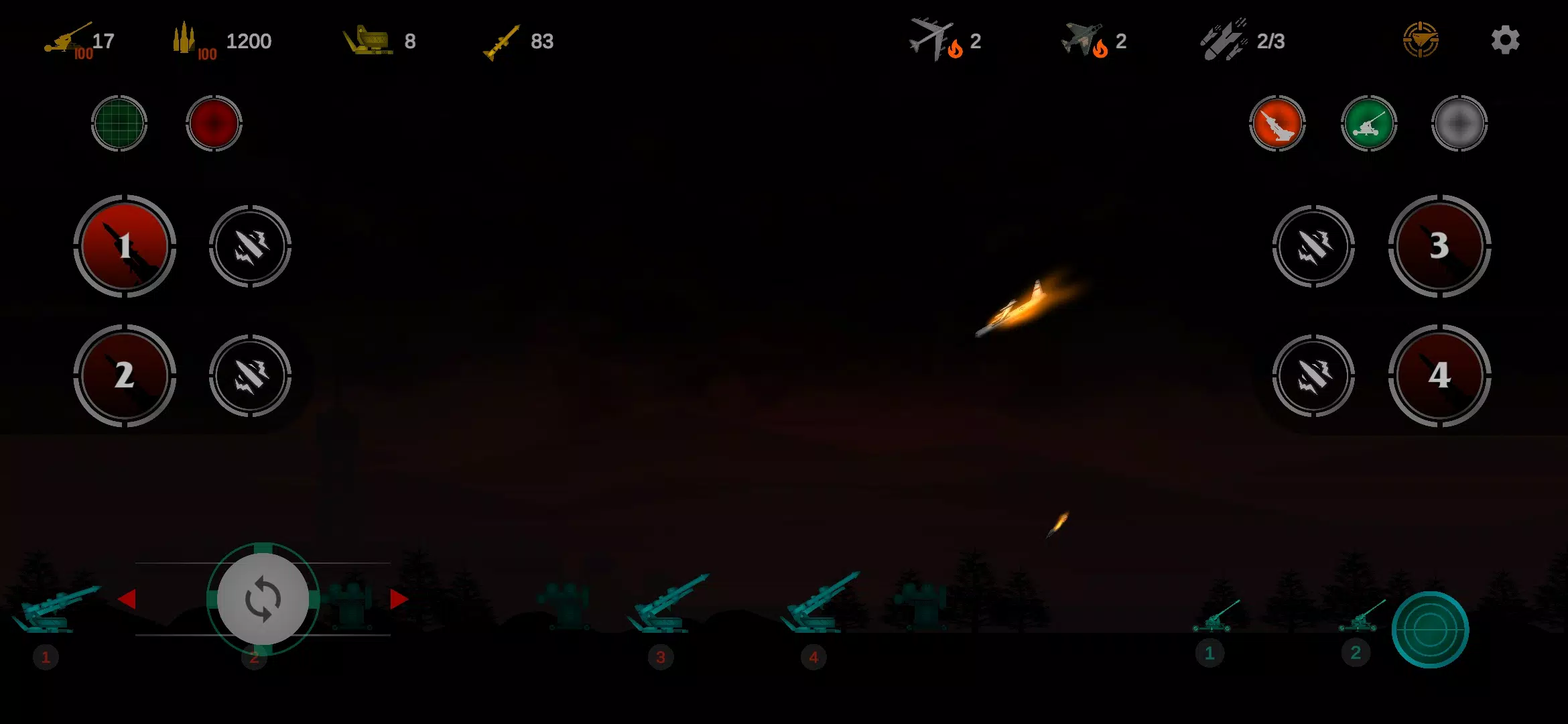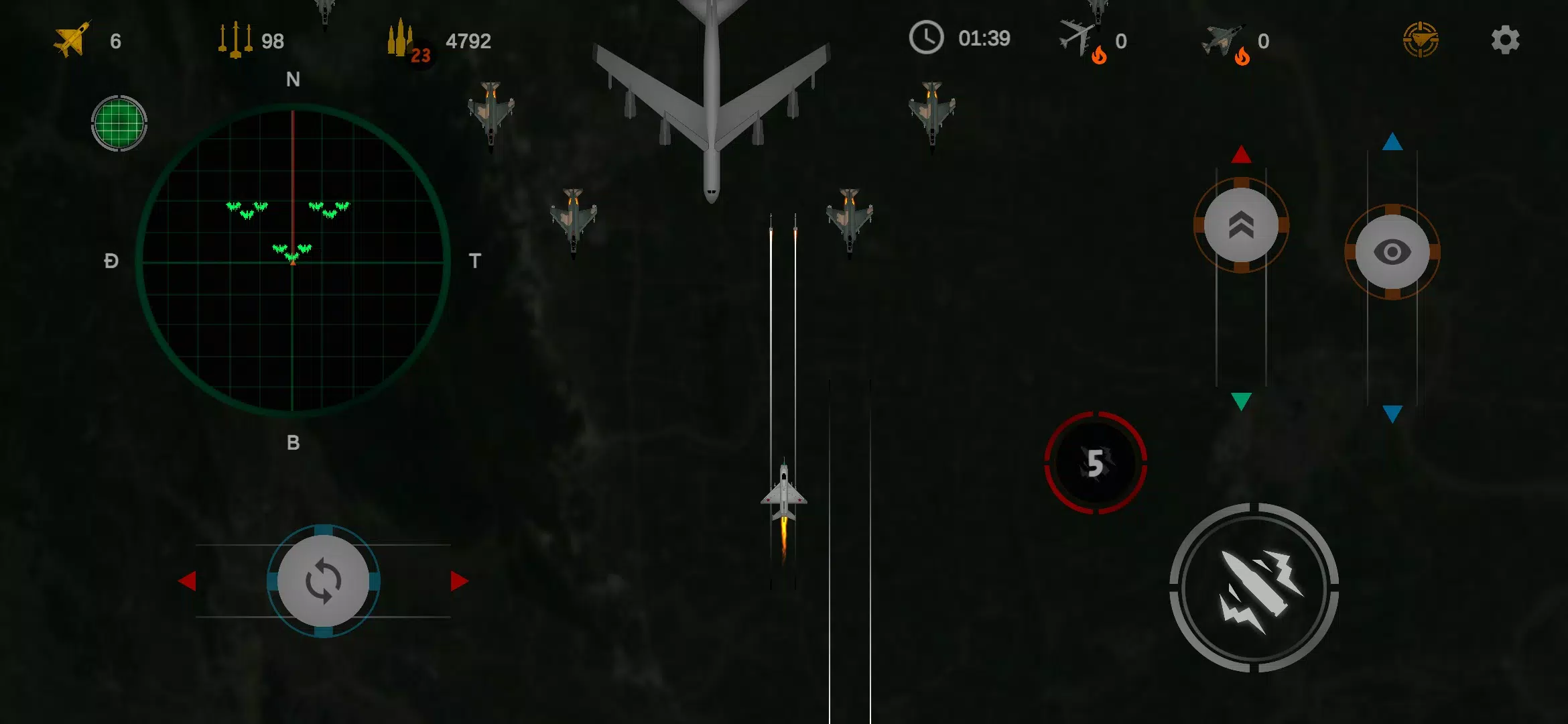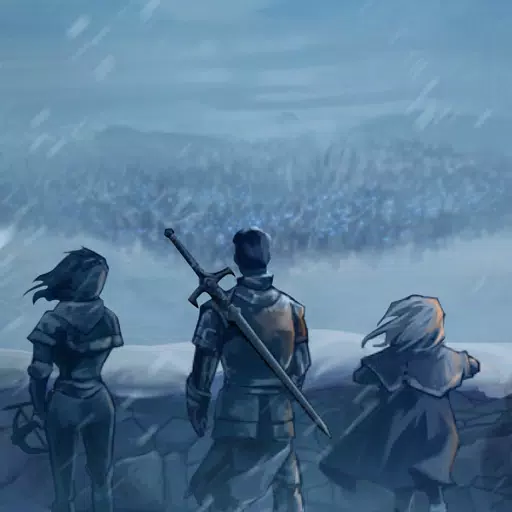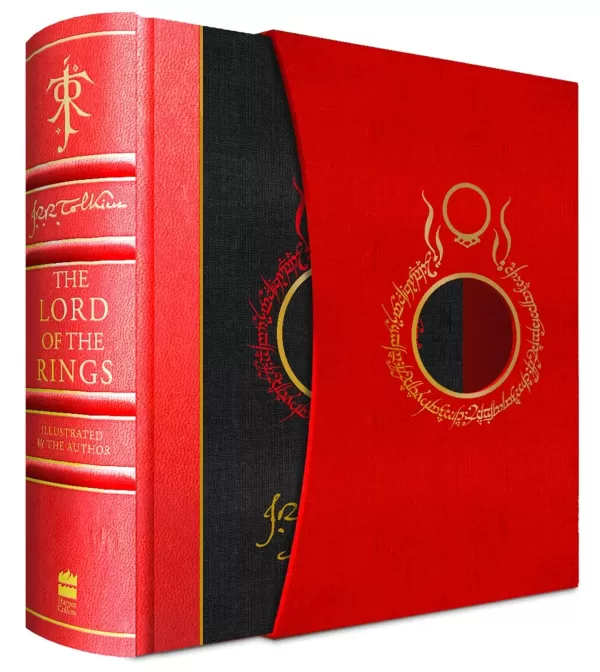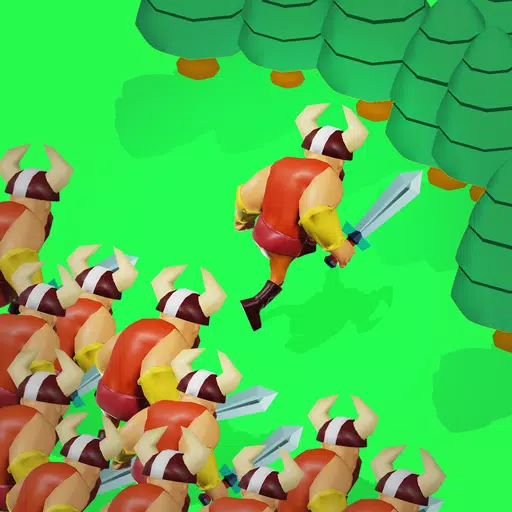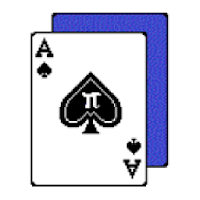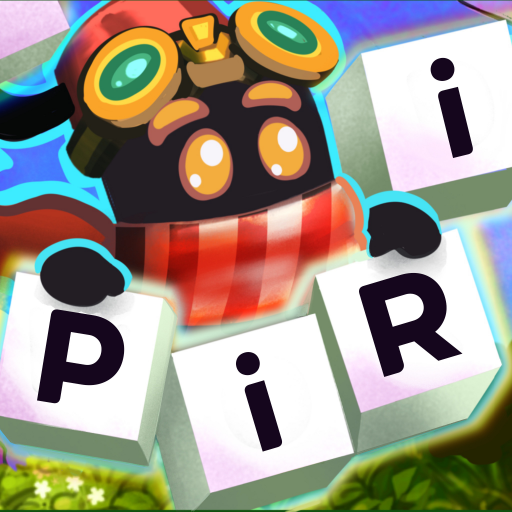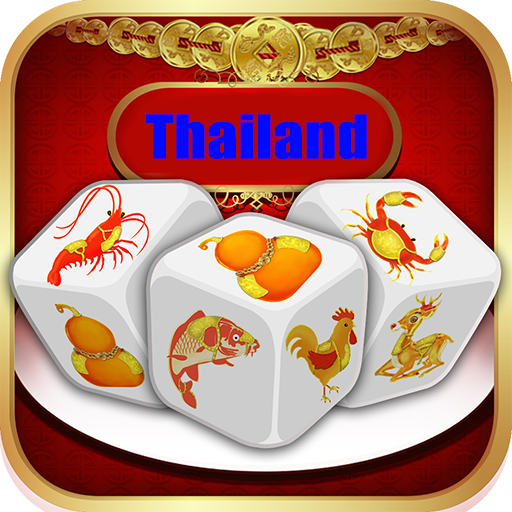In the annals of history, 1972 marks a pivotal year for Hanoi, especially with the aerial counterpart to the famed Dien Bien Phu victory. This significant event, known as the "Dien Bien Phu in the air," unfolded during Operation Linebacker II, which was the final military campaign launched by the United States against the Democratic Republic of Vietnam during the Vietnam War. Spanning from December 18 to December 30, 1972, Operation Linebacker II was initiated in response to a deadlock at the Paris Conference, where negotiations had collapsed due to disagreements between the Democratic Republic of Vietnam and the US over the terms of the peace agreement.
The intensity of this aerial conflict inspired the development of the game "Hanoi 12 Days and Nights" by Pirex Games. This game delves into the revolutionary spirit of the time, aiming to recreate the fierce resistance mounted by the people of Hanoi against the overwhelming force of the US's B-52 bombers. It captures the essence of a "devilish war," highlighting the resilience and determination of the Vietnamese in defending their skies. The culmination of these 12 days of intense aerial battles in late December 1972 forced the US Government to sign the Paris Agreement, marking a significant step toward peace in North Vietnam.
On the American side, Operation Linebacker II was not just a military operation but a symbol of the last stand in the Vietnam War. Known also as the "Dien Bien Phu in the air" campaign, it underscored the high stakes and the fierce opposition faced by the US forces, ultimately leading to a cessation of hostilities and the pursuit of peace through diplomatic means.



